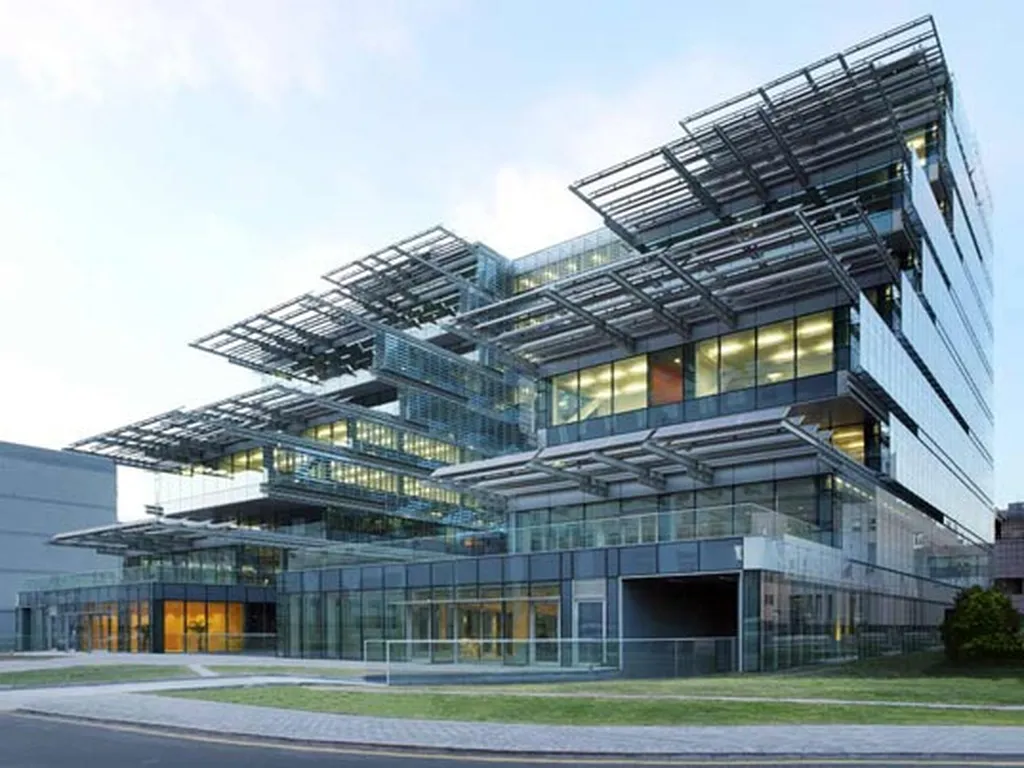In the ever-evolving landscape of materials science and engineering, a groundbreaking study has emerged from the University of L’Aquila, Italy, that could revolutionize the way we think about structural design and energy efficiency. Led by Larry Murcia Terranova from the Department of Information Engineering, Computer Science and Mathematics, the research delves into the fascinating world of Zigzagged Articulated Parallelograms with Articulated Braces (ZAPAB) structures and their potential to create materials with unprecedented properties.
At the heart of this study is the concept of a 1D continuum whose deformation energy is solely dependent on the gradient of curvature. This might sound like a mouthful, but the implications are profound. Imagine materials that can bend and twist without storing deformation energy under uniform bending. This could lead to the development of structures that are more resilient, adaptable, and energy-efficient.
Murcia Terranova and his team have developed a computational approach to identify the double-bending stiffness of these structures. This stiffness coefficient is crucial for understanding how these materials will behave under various loads and conditions. “By employing a best-fitting approach based on the least squares method, we numerically identify the best stiffness coefficient associated with the energy contribution due to the gradient of curvature,” Murcia Terranova explains. This method allows for precise simulations and predictions, paving the way for practical applications.
The research, published in Comptes Rendus. Mécanique (which translates to Proceedings of the Mechanics Section), focuses on the behavior of ZAPAB structures under uniformly distributed applied dead loads. The simulations reveal a strong match between the proposed 1D continuum model and the actual ZAPAB structure, with the curves coinciding up to a certain intrinsic error. This accuracy is a testament to the robustness of the computational methods used.
So, what does this mean for the energy sector? The potential is enormous. Structures built with these materials could be more flexible and adaptable, reducing the need for energy-intensive repairs and maintenance. They could also be designed to store and release energy more efficiently, leading to significant savings in energy consumption.
Moreover, the development of these materials could open up new avenues for the synthesis of tailored materials and the n-th gradient theory. Murcia Terranova envisions a future where materials are designed with exotic behaviors, capable of withstanding extreme conditions and providing unprecedented levels of performance.
The study also highlights the need for an analytical micro–macro identification procedure, suggesting that there is still much to explore and understand. This is an exciting time for materials science, and Murcia Terranova’s work is at the forefront of this revolution.
As we look to the future, it is clear that the work of Murcia Terranova and his team could shape the way we build and design structures. From skyscrapers to bridges, from wind turbines to solar panels, the potential applications are vast. The energy sector, in particular, stands to benefit greatly from these advancements, as the demand for more efficient and sustainable solutions continues to grow.
In an era where sustainability and efficiency are paramount, this research offers a glimpse into a future where materials are not just stronger and more durable, but also smarter and more adaptable. The journey from ZAPAB structures to pure-curvature gradient planar inextensible 1D continua is a testament to human ingenuity and the relentless pursuit of innovation. As we continue to push the boundaries of what is possible, the work of Murcia Terranova serves as a beacon of inspiration, guiding us towards a future where the impossible becomes reality.

